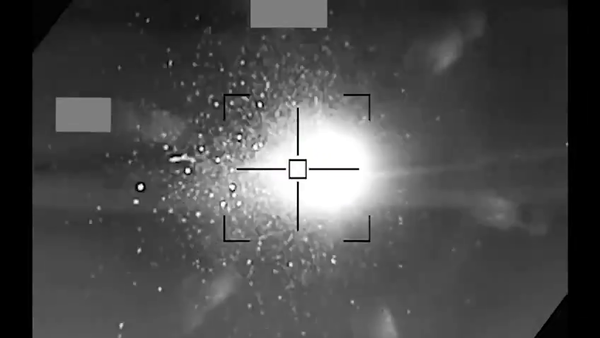

They ranged from superpowers, to fragile states, to global ideological movements, to transnational terrorist organizations. These various enemies were religiously and ideologically diverse, from the Nazi Reich cult, to atheistic communism, to Serbian Orthodox nationalism, to Arab Baathism, to Islamist theocracy, to militant jihadism as practiced by Hezbollah or al Qaeda. Numerous smaller-scale military interventions, such as Lebanon in 1983, Libya in 19, Somalia in 1993, Bosnia in 1995, and Kosovo in 1999, were also targeted against actors that embraced religious intolerance. The Cold War standoff with Soviet communism featured an opponent that engaged in systemic religious persecution. This characterized other conflicts as well. Such was the case with Nazi Germany, North Korea, North Vietnam, and Saddam Hussein’s Iraq. Including World War II, every major war the United States has fought over the past 70 years has been against an enemy that also severely violated religious freedom. This correlation between religious persecution and national security threats is not just a 21st-century phenomenon of post–Cold War dislocations, but also holds true over the past century. In 2002 North Korea admitted to its advanced nuclear weapons program, and Iran’s uranium enrichment efforts came to light as well, which only added to concerns about Iran’s longstanding sponsorship of terrorism. and China over the Hainan Island ep-3 spy plane capture, anticipating the growing concerns over the next decade about China’s assertive military expansion and challenge to American interests in the Indo-Pacific. The year 2001 also witnessed the tense confrontation between the U.S. Within months, a U.S.-led force responded by toppling the Taliban. Just two years later would come the September 11 attacks planned by al Qaeda from its base in Afghanistan, with fifteen of the nineteen hijackers citizens of Saudi Arabia. had also the prior year launched strikes on Sudan, Afghanistan, and Iraq. had only months earlier concluded its participation in the nato war on Serbian forces in Kosovo, and would maintain a troop presence in Kosovo and Bosnia for years hence. At the time of Seiple’s testimony, the U.S. (The recent diplomatic opening with Burma might make it the exception that proves the rule, if Burma’s inchoate reforms include religious freedom and eventually induce more pacific behavior and distance from North Korea and China). With the sole exception of Burma, every single one of the countries cited by Seiple were or were to become major national security concerns if not outright targets of military action. The correlation between religious persecution and national security threats is not a 21st-century phenomenon it has existed for a long time. The State Department eventually did so designate both of them, adding North Korea to the list in 2001 and Saudi Arabia in 2004. He also noted that “the secretary also intends to identify the Taliban in Afghanistan, which we do not recognize as a government, and Serbia, which is not a country, as particularly severe violators of religious freedom.” Seiple then cited Saudi Arabia and North Korea as two other countries that likely merited designation as severe violators. In his testimony, Seiple announced the designation of Burma, China, Iran, Iraq, and Sudan as “Countries of Particular Concern” subject to sanction for severe violations of religious freedom.

Looking back, the regimes that he identified for severe violations of religious freedom overwhelmingly coincide with those the United States was already at war with or would soon go to war with, or that would emerge as first-order national security concerns. On October 6, 1999, Robert Seiple, the first ambassador-at-large for international religious freedom, testified before the House International Relations Committee on the State Department’s inaugural “International Religious Freedom Report.” Seiple’s remarks also unintentionally anticipated the conflicts and security threats that would confront the United States in the ensuing decade.

A t the end of the 20th century, if one wanted to predict what security threats would preoccupy the United States over the coming decade, a good place to start would have been a little-noticed congressional testimony by a relatively obscure State Department official.


 0 kommentar(er)
0 kommentar(er)
